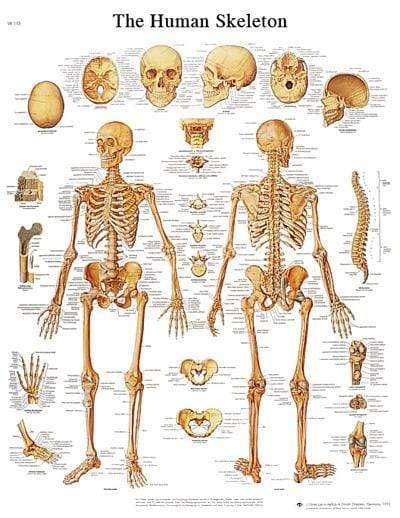In the vast world of healthcare, where precision and understanding are paramount, anatomical charts and models stand as indispensable tools. These visual aids serve a dual purpose: facilitating medical education and enhancing patient care. Similarly, in the realm of patient comfort and treatment, alternating pressure mattresses have emerged as a crucial innovation.
In the intricate world of human anatomy, comprehension is key. The anatomical charts and models serve as pillars of medical education, providing students and professionals alike with tangible representations of the human body’s complexities. These aids offer a comprehensive view of anatomical structures, from skeletal systems to intricate networks of nerves and blood vessels.
The benefits of these in medical education are manifold-
- Visualization– Complex anatomical concepts become more accessible when presented visually. These tools allow learners to visualize structures in three-dimensional space, enhancing understanding and retention.
- Hands-On Learning– Interacting with physical models fosters hands-on learning experiences, enabling students to explore anatomical features in a tactile manner.
- Clinical Relevance– They often depict pathological conditions alongside healthy anatomy, offering insights into disease processes and clinical manifestations. This integration of clinical relevance enhances the applicability of educational materials to real-world scenarios.
- Teaching Tool– Educators leverage these tools to elucidate complex topics during lectures, practical sessions, and surgical training. These visual aids serve as invaluable teaching tools, enriching the learning experience for students across various medical disciplines.
In essence, anatomical charts and models serve as indispensable assets in medical education, nurturing a deeper understanding of human anatomy and physiology among aspiring healthcare professionals.
Promoting patient comfort and well-being
In the world of patient comfort and pressure injury prevention, Best alternating pressure mattresses have revolutionized healthcare practices. These specialized mattresses utilize alternating air cells to redistribute pressure, reducing the risk of pressure ulcers and promoting patient comfort during prolonged periods of immobility.
Key features of these mattress include-
- Pressure redistribution – The primary function of this is to redistribute pressure evenly across the patient’s body. By alternating inflation and deflation cycles, these mattresses prevent prolonged pressure on specific areas, thereby reducing the risk of tissue ischemia and pressure ulcer formation.
- Customizable settings – The best mattresses offer customizable settings to accommodate individual patient needs. Clinicians can adjust parameters such as cycle times, pressure levels, and firmness to optimize patient comfort and therapeutic efficacy.
- User-friendly design– Patient comfort extends beyond pressure redistribution; it also encompasses factors such as noise levels and ease of use. The best alternating pressure mattresses are designed for quiet operation to minimize disruption during sleep and rest periods. Additionally, user-friendly interfaces and intuitive controls make mattress adjustment and maintenance hassle-free for both patients and caregivers.
By promoting pressure redistribution and enhancing patient comfort, these mattresses contribute to improved clinical outcomes and overall well-being.

